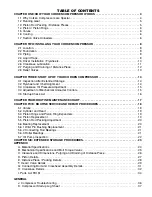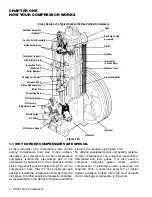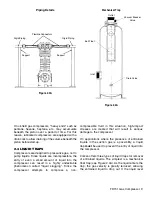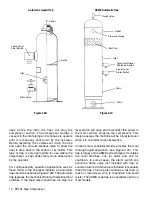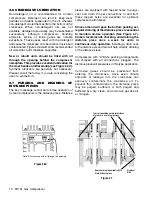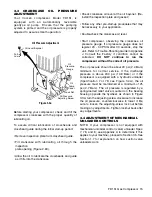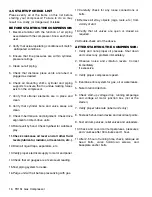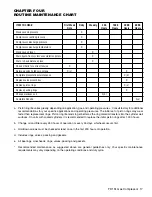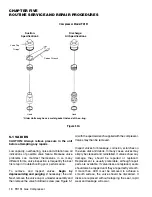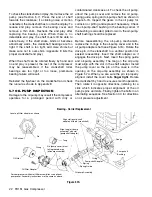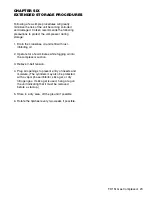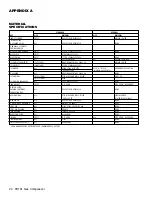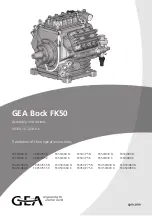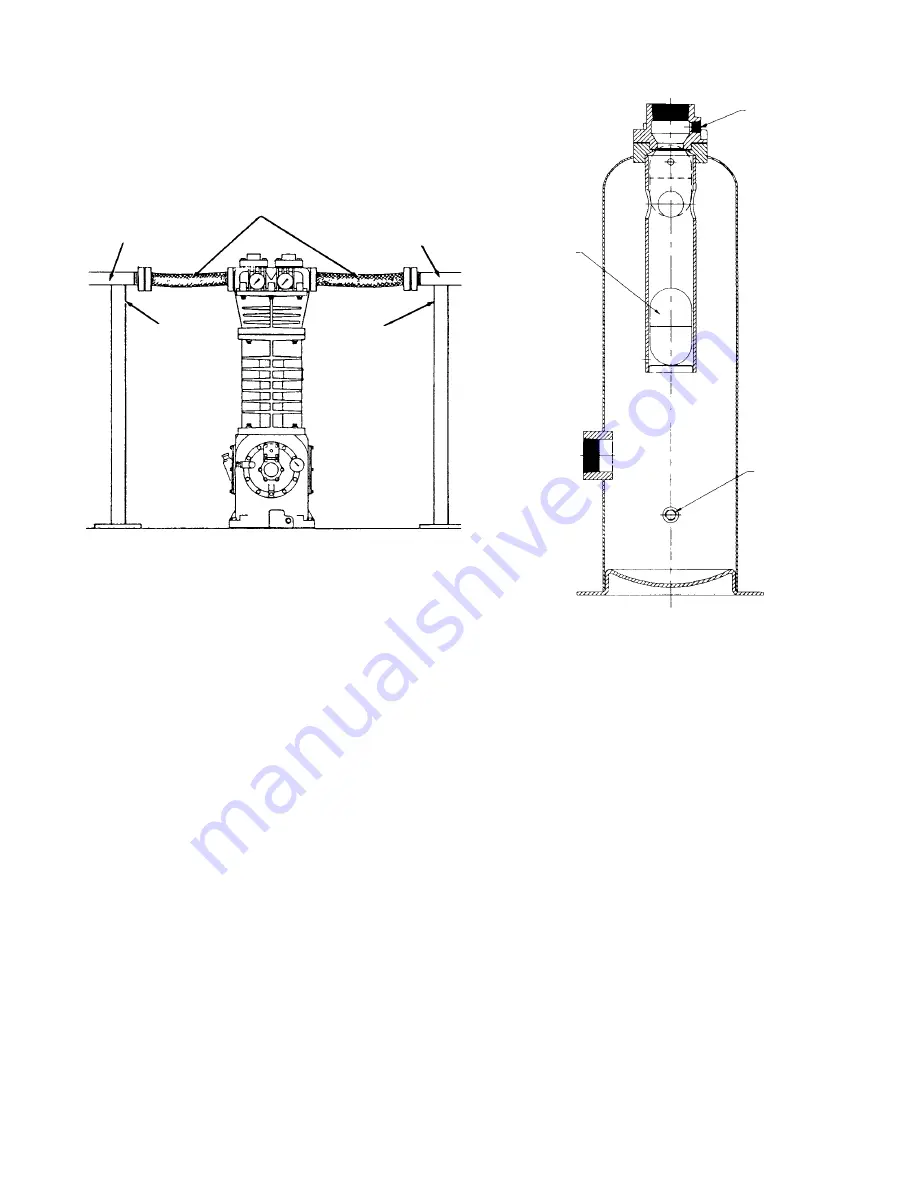
FD151 Gas Compressor 9
On oil-field gas compressors, "heavy ends" such as
pentane, hexane, heptane, etc., may accumulate
beneath the piston over a period of time. For this
reason, lubricated compressors are equipped with a
drain cock to allow draining of the volume beneath the
piston before start-up.
2.4 LIQUID TRAPS
Compressors are designed to pressurize gas, not to
pump liquids. Since liquids are incompressible, the
entry of even a small amount of liquid into the
compressor can result in a highly undesirable
phenomenon called "liquid slugging”. Since the
compressor attempts to compress a non-
compressible fluid in this situation, high-impact
stresses are created that will result in serious
damage to the compressor.
On applications where the presence of entrained
liquids in the suction gas is a possibility, a liquid
trap
must
be used to prevent the entry of liquid into
the compressor.
Corken offers three types of liquid traps for removal
of entrained liquids. The simplest is a mechanical
float trap (see Figure 2.4A). As the liquid enters the
trap, the gas velocity is greatly reduced, allowing
the entrained liquid to drop out. If the liquid level
Figure 2.3A
Figure 2.4A
Mechanical Trap
Rigid Piping
Flexible Connectors
Rigid Piping
Support
Support
Outlet
Vacuum Breaker
Valve
Ball Float
Drain Valve
Inlet
Piping Details



